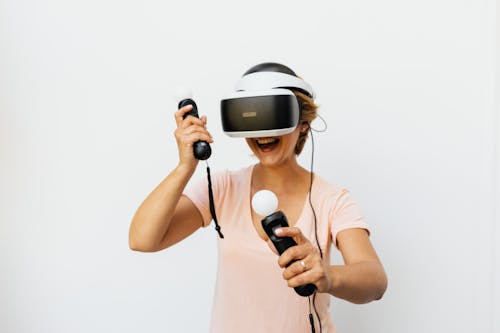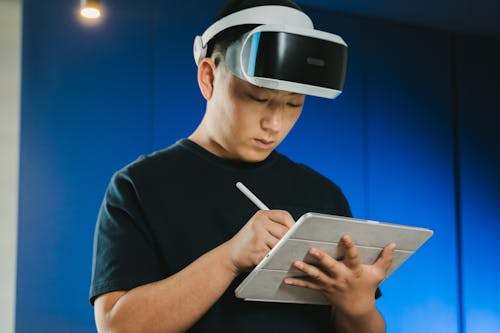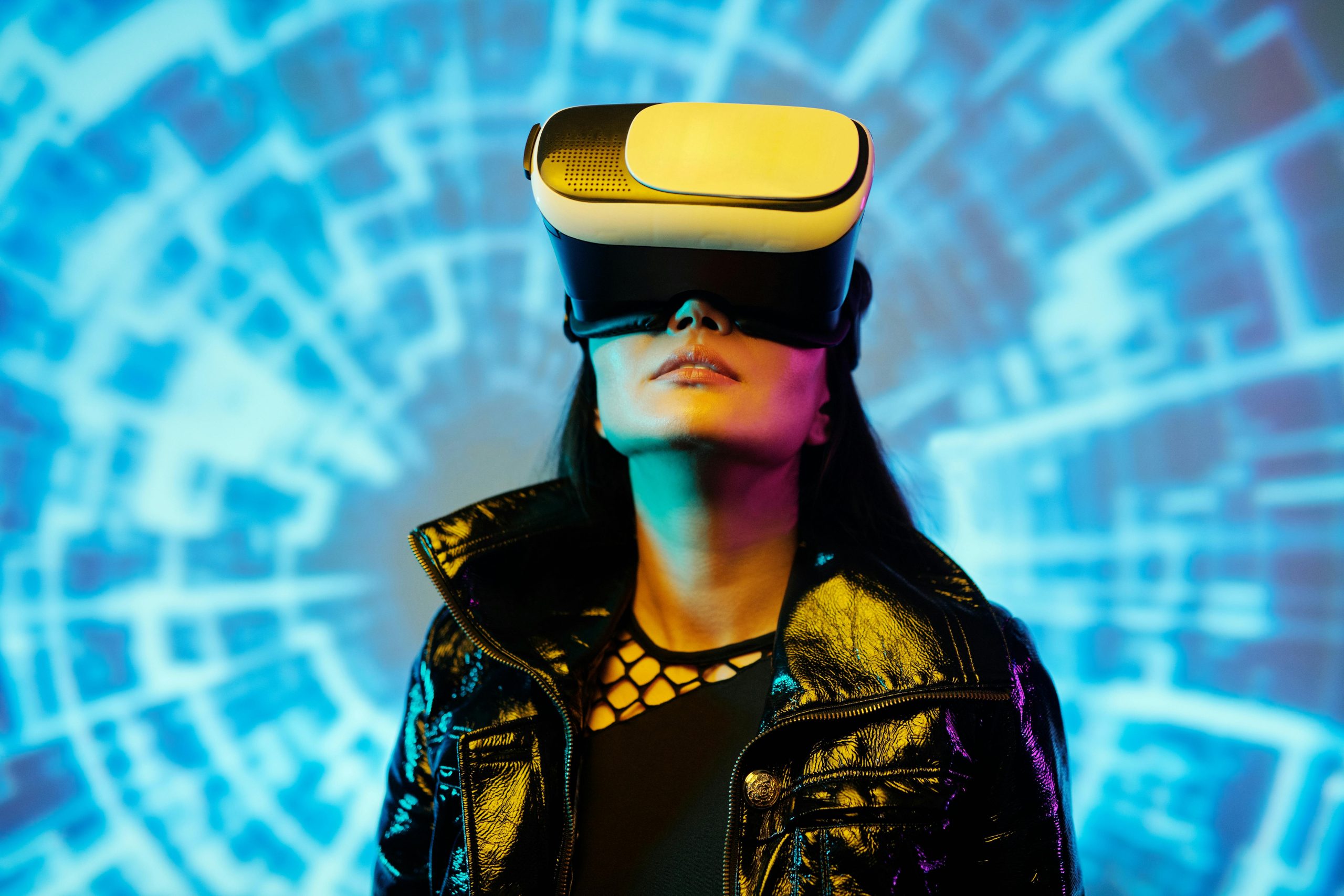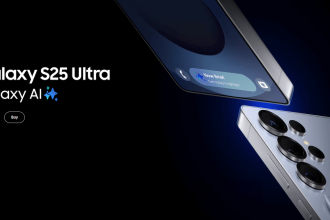The Evolution of Retail in the Digital Age
In recent years, retail has undergone a dramatic transformation, driven largely by the advancement of technology. Among the most impactful innovations is Augmented Reality (AR), which is reshaping the way consumers interact with brands, products, and shopping experiences. AR blends digital content with the real world, providing immersive, interactive experiences that enhance the shopping journey. What started as a novelty is now becoming a central feature in the retail industry, changing everything from how products are displayed to how purchases are made.
At its core, AR technology overlays digital images, sounds, or data onto the physical world, usually through the use of smartphones, tablets, or AR glasses. When applied to retail, this allows brands to create dynamic, personalized shopping experiences, offering both practical and fun applications for consumers. For retailers, AR opens up new avenues to engage customers, enhance brand loyalty, and drive sales.

Transforming the In-Store Experience
One of the most significant impacts of AR is in the physical store environment. Traditional brick-and-mortar shopping has long been limited by space, inventory, and the lack of personalized experiences. With AR, retailers are finding ways to offer customers an interactive, tailored shopping experience that bridges the gap between the digital and physical worlds.
For example, AR enables virtual try-ons, where customers can see how products such as clothing, makeup, or accessories will look on them without physically trying them on. By using a smartphone or smart mirror, customers can visualize items in real time, making informed purchasing decisions without the need to step into a fitting room. Major brands, like L’Oreal and Nike, have adopted this technology, allowing customers to virtually “try before they buy.” This eliminates the need for physical samples, reduces fitting room congestion, and enhances convenience.
Moreover, AR technology can help store layouts and product displays come to life. Instead of traditional signage, customers can point their mobile devices at a product, and AR can instantly provide detailed information, reviews, or even video demonstrations. This makes it easier for consumers to explore new products and gain deeper insights into their features without relying solely on sales associates or physical brochures.
Enhancing Online Shopping with AR
While the in-store experience has greatly benefited from AR, the technology has also significantly transformed e-commerce. Online shopping has always faced challenges related to the inability to physically interact with products. Shoppers cannot feel the texture, size, or color accuracy of an item, and returns are often necessary due to mismatched expectations. AR has the potential to solve these issues by offering a virtual “try before you buy” experience.
Through AR-enabled mobile apps, online shoppers can visualize how a piece of furniture might look in their living room, or see how a pair of shoes fits with their wardrobe. For instance, IKEA’s app lets users project virtual furniture into their home, helping them assess the scale, design, and style before committing to a purchase. This greatly reduces the guesswork involved in online shopping and builds consumer confidence. Similarly, fashion brands like ASOS and Gucci have embraced AR to allow users to try on clothes, accessories, and makeup virtually, leading to more informed purchasing decisions.
AR also helps reduce the risk of returns by ensuring that customers have a clearer understanding of what they are buying, whether it’s a pair of shoes or a sofa. As consumers are increasingly expecting personalized shopping experiences, AR offers a convenient and engaging way to meet these demands, bridging the gap between the physical and online shopping experiences.
Reinventing Product Displays and Marketing
Retailers are using AR to redefine how they present their products, offering interactive, engaging, and memorable experiences that attract consumers’ attention. For example, product packaging itself can become a platform for AR experiences. A product’s label or packaging can trigger an AR experience when scanned by a smartphone or tablet, showing animations, interactive tutorials, or even personalized messages.
AR-powered marketing campaigns also offer a unique way for brands to engage with customers. Interactive advertisements allow users to interact with products in an entirely new way. For instance, Coca-Cola has experimented with AR billboards that enable passersby to interact with digital versions of their products, creating a fun, immersive experience. This level of interactivity not only boosts customer engagement but also increases brand awareness in a memorable way.
Personalized Shopping Experiences with AR
Personalization is another area where AR is making a major impact. With AR, retailers can provide personalized shopping experiences that are tailored to each customer’s needs, preferences, and behaviors. By using data analytics and AR technology, brands can customize product recommendations and virtual experiences based on the individual’s previous interactions or browsing history.
In addition, AR can enhance the customer experience through location-based services. For instance, when a shopper enters a store, AR can guide them to specific products they may be interested in, offer promotions or discounts, or provide information about new arrivals. This creates a seamless, personalized shopping journey that feels tailored to the individual, making it easier for them to find what they’re looking for and engage with the store on a deeper level.
Bringing Social Shopping into AR
Another exciting aspect of AR is its potential to incorporate social shopping experiences. As social media continues to play a significant role in retail, AR offers new ways for consumers to share their shopping experiences with friends and family. Virtual try-ons, product showcases, and even AR-enhanced shopping tours can be shared via social media platforms, encouraging social interaction and collaborative shopping.
Brands are already leveraging this by allowing customers to share their AR shopping experiences on social media platforms like Instagram and TikTok. This creates an organic buzz around products and engages a broader audience, allowing customers to share their opinions and ideas, while also influencing their followers’ purchasing decisions.
The Future of AR in Retail
As AR technology continues to develop, its applications in retail are only going to become more sophisticated. Retailers are constantly finding new ways to integrate AR into their stores, apps, and websites. The next frontier for AR in retail may involve the use of AR glasses, which would allow shoppers to seamlessly interact with products and advertisements as they move through physical stores. This could completely change the dynamics of in-store shopping by making the experience more immersive and intuitive.

Moreover, as AR technology becomes more affordable and widespread, smaller retailers will be able to use it to level the playing field with larger brands. In the future, AR could be a standard feature for all retailers, whether it’s for displaying products in new ways or providing a more engaging shopping experience.
Conclusion
Augmented Reality is revolutionizing the retail and shopping industries by offering dynamic, interactive experiences that blend the physical and digital worlds. Whether it’s enhancing in-store experiences, personalizing online shopping, or transforming marketing strategies, AR is changing how consumers interact with brands and products. As the technology evolves and becomes more widely adopted, the future of retail will be increasingly defined by immersive, engaging, and personalized shopping experiences powered by AR. For retailers, embracing this technology offers the opportunity to stay ahead of the curve, improve customer satisfaction, and create a shopping experience that is truly unique.





